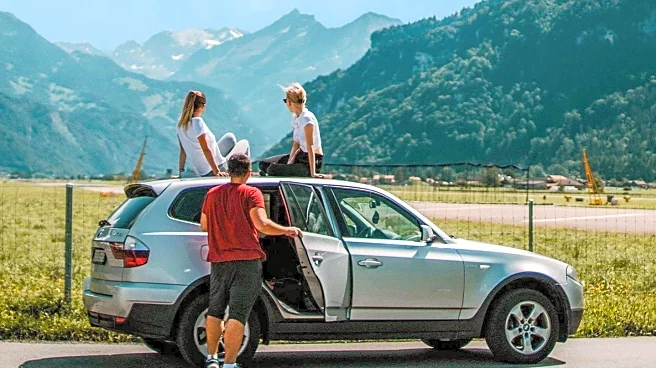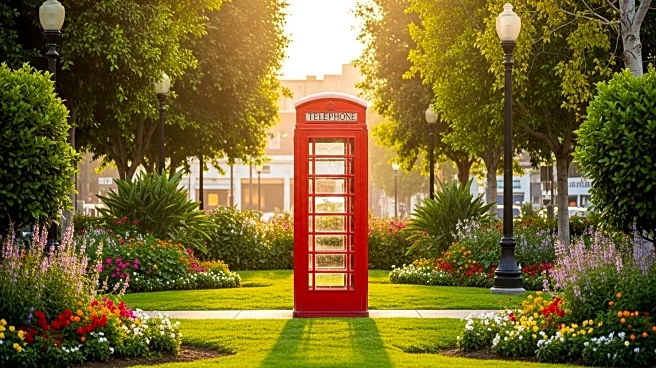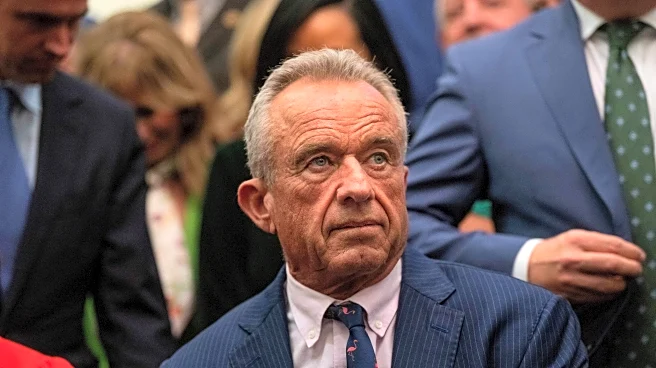What's Happening?
Monae Hendrickson, a 29-year-old American, has shared her experience of traveling across Europe for 55 days at a lower cost than her monthly rent in Los Angeles. According to Hendrickson, she visited 14 countries with a total expenditure of $4,170, averaging $76 per day. This is less than her $2,600 monthly rent in LA, which equates to $86 per day. Hendrickson's journey included low-cost Eastern European countries, where she found affordable accommodations and food. She also visited more expensive Nordic countries, but the overall cost remained lower due to her earlier savings. Hendrickson's experience highlights the economic challenges of living in major U.S. cities compared to traveling abroad.
Why It's Important?
Hendrickson's story underscores the growing concern over the high cost of living in major U.S. cities, which is prompting individuals to seek alternative lifestyles. Her experience suggests that international travel can be a viable option for those looking to save money while enjoying diverse cultural experiences. This trend may influence more Americans to consider travel as a cost-effective lifestyle choice, potentially impacting the travel industry and urban housing markets. As more people share similar experiences, there could be increased pressure on policymakers to address housing affordability in urban areas.
What's Next?
Hendrickson's viral TikTok video may inspire others to explore travel as a means of reducing living expenses. This could lead to a shift in consumer behavior, with more individuals prioritizing travel over traditional living arrangements. Additionally, the travel industry might see an increase in demand for budget-friendly options, particularly in regions like Eastern Europe. Urban policymakers may face growing calls to address housing affordability to retain residents who might otherwise opt for a more economical lifestyle abroad.
Beyond the Headlines
Hendrickson's experience raises questions about the sustainability of current urban living costs and the potential for travel to become a more integral part of American lifestyles. It also highlights the cultural and personal benefits of travel, such as exposure to diverse environments and the opportunity for personal growth. As more individuals share similar stories, there may be a broader cultural shift towards valuing experiences over material possessions.












